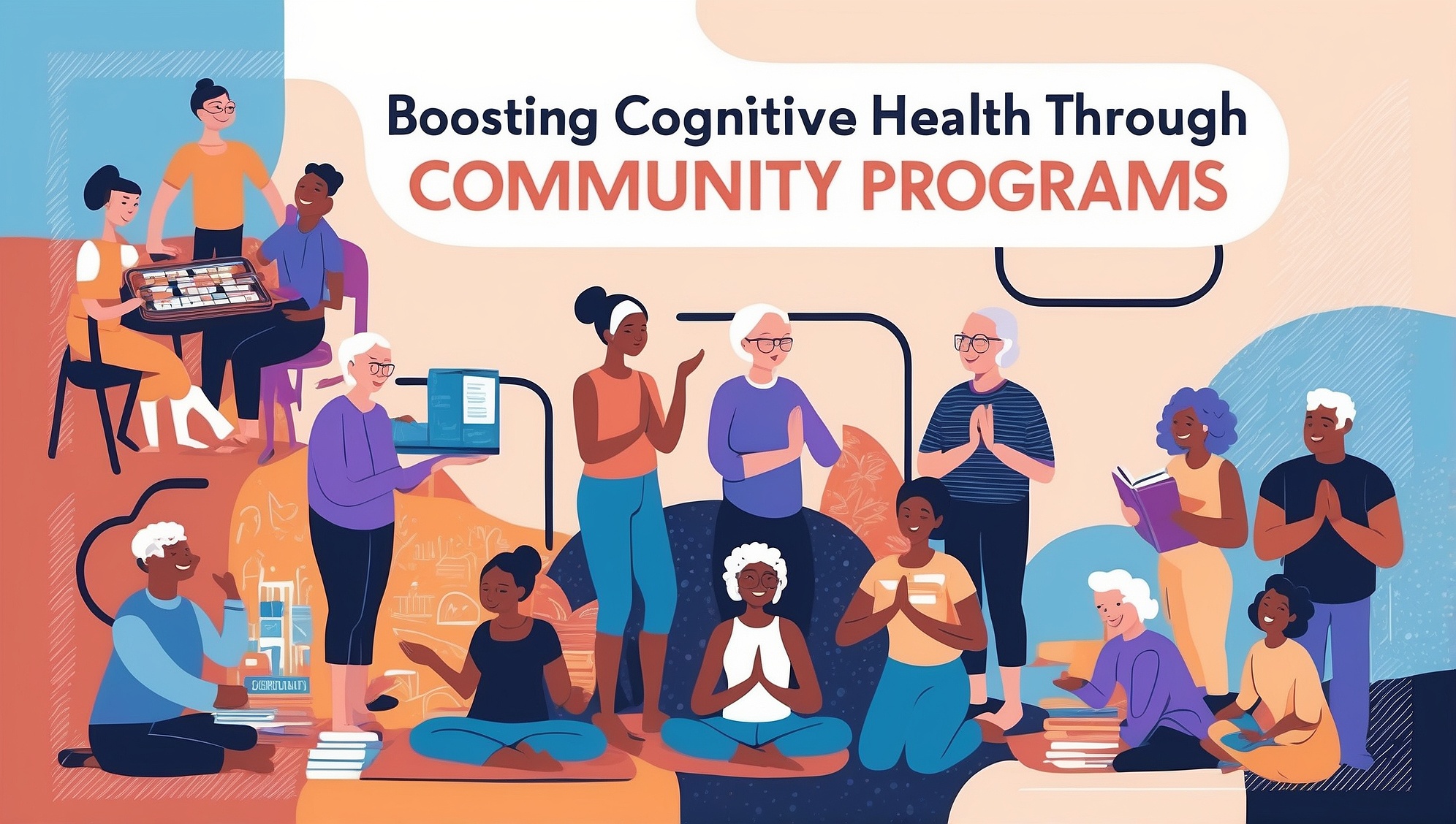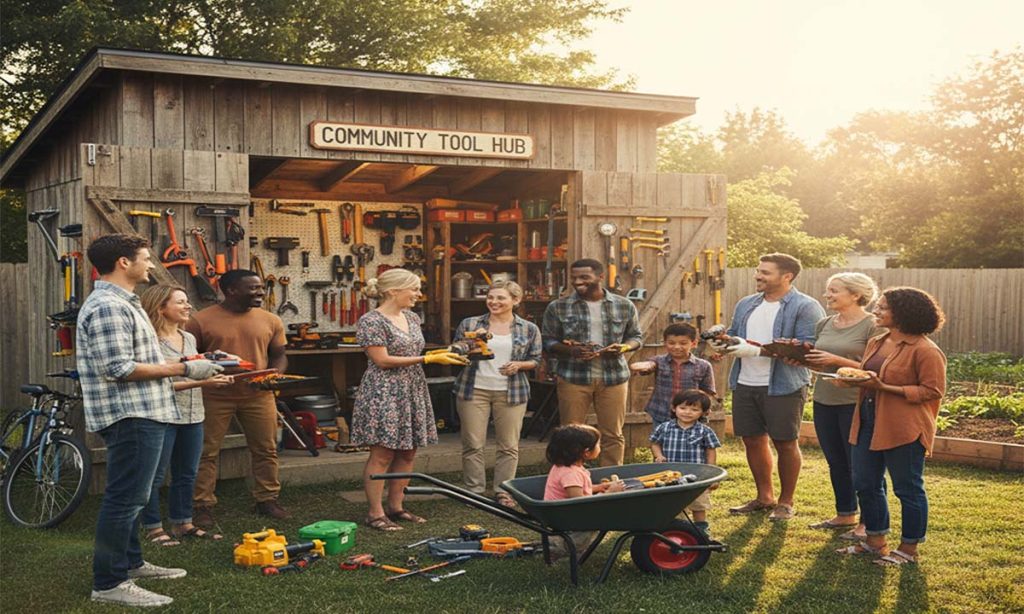Maintaining cognitive health as we age is a challenge faced by individuals and society. Community programs provide a solution by fostering environments where mental engagement thrives. This article explores actionable ways to enhance cognitive well-being through group initiatives.
The Role of Community in Cognitive Health
Social interactions are vital for brain health. When individuals connect, share ideas, and collaborate, they engage various cognitive processes, such as memory recall, problem-solving, and emotional regulation. Community programs offer structured opportunities to engage in activities that stimulate these functions, creating a collective impact on mental resilience.
How Social Participation Impacts the Brain
- Strengthening Neural Networks: Social activities promote neuroplasticity, the brain’s ability to adapt and form new connections.
- Reducing Cognitive Decline Risks: Interaction helps combat loneliness and isolation, key risk factors for dementia and other cognitive impairments.
- Encouraging Lifelong Learning: Communities can introduce new skills, hobbies, and perspectives, ensuring mental stimulation.
Effective Community Programs for Cognitive Health
1. Lifelong Learning Classes
Programs that teach new skills, such as language learning, music, or art, stimulate brain regions involved in memory and creativity. Activities like learning to play Sudoku can also enhance problem-solving and critical thinking skills.
2. Exercise Groups with Cognitive Focus
Physical exercise enhances brain function, and combining it with mental challenges offers compounded benefits. Activities like dance classes, tai chi, or yoga incorporate memorization, coordination, and mindfulness.
3. Intergenerational Activities
Bringing together different age groups fosters mentorship, storytelling, and shared learning. Younger participants benefit from wisdom, while older adults engage in meaningful conversations and remain mentally active.
4. Volunteer Opportunities
Volunteering requires planning, decision-making, and social interaction. Activities such as mentoring, assisting at events, or organizing group projects keep the brain engaged while contributing to community well-being.
5. Group Therapy and Support Networks
Support groups provide emotional outlets while encouraging cognitive engagement. Facilitated discussions often involve reflective thinking and emotional processing, which are critical for mental health.
Key Elements of Successful Programs
Inclusivity
Programs like community health and wellness workshops should cater to diverse populations, accommodating different cognitive abilities, cultural backgrounds, and interests. This inclusivity ensures broad participation and enriches group interactions.
Consistency
Regularly scheduled activities create habits, which can have long-term benefits for cognitive health. Consistency reinforces the positive effects of engagement.
Stimulation
Effective programs should challenge participants without overwhelming them. Balanced activities that require problem-solving, creativity, or physical effort provide the greatest impact.
Benefits Beyond the Individual
The advantages of these programs ripple throughout communities. They reduce healthcare costs associated with cognitive decline, foster a culture of mental wellness, and strengthen social bonds. A cognitively engaged community is better equipped to address challenges, innovate, and support its members.
Starting or Joining a Community Program
Step 1: Identify Local Resources
Libraries, senior centers, and recreational facilities often host or partner with community programs. Local online forums can provide directories for activities in your area. Local events such as a community health fair can also be excellent opportunities to learn about available programs and engage with others.
Step 2: Assess Interests and Needs
Programs aligned with personal interests or goals increase the likelihood of long-term participation. Evaluate cognitive and physical capabilities to find the right fit.
Step 3: Engage and Share
Participation is the first step, but involvement deepens when individuals contribute. Sharing skills, leading discussions, or helping organize events can magnify the cognitive benefits.
Measuring Impact
Self-Reflection
Participants can track improvements in memory, focus, and emotional well-being through personal journals or regular check-ins.
Feedback from Facilitators
Program coordinators often observe participants’ progress. Their insights can guide adjustments to enhance outcomes.
Community Surveys
Collective data on participants’ experiences can help refine programs and identify areas for expansion.
Conclusion
Community programs serve as a bridge to cognitive health, providing structured ways to stimulate the brain and foster social connections. By participating in or creating these initiatives, individuals and communities can work together to promote mental well-being across all stages of life.






